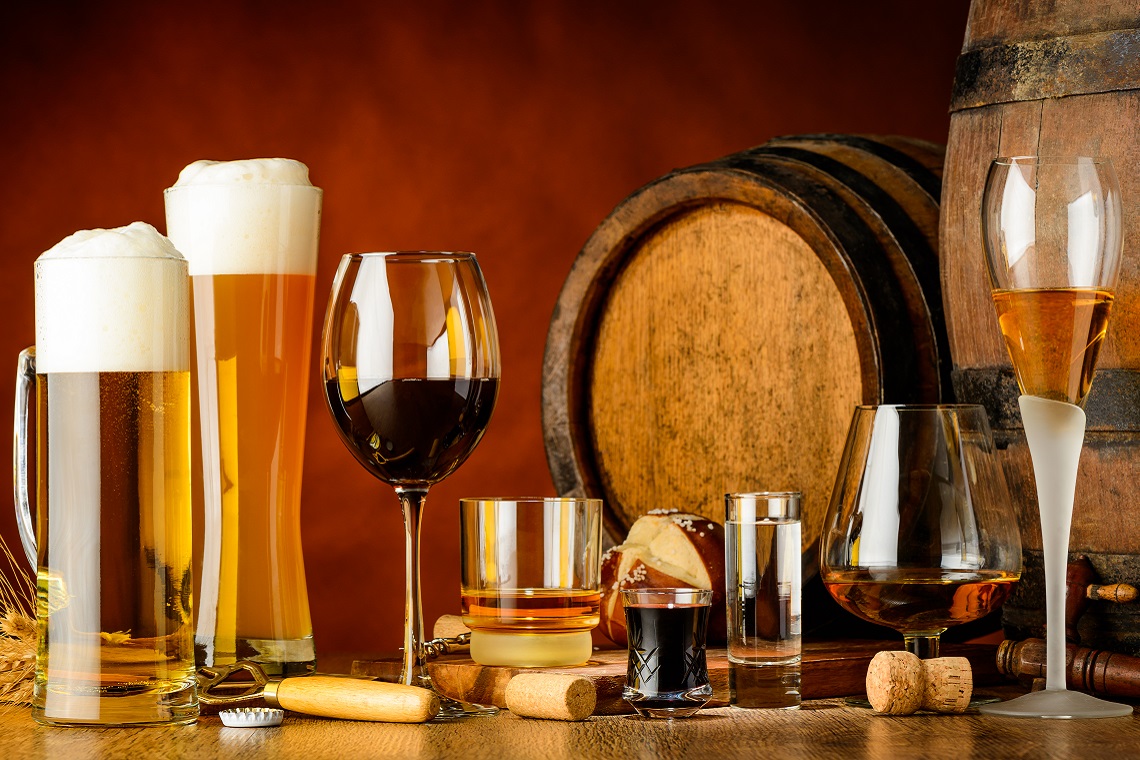The apparent consumption of alcohol per person in Australia has fallen again, and is now at levels not seen since the 1960s, according to data released today by the Australia Bureau of Statistics (ABS).
The data refers to pure alcohol consumption and the ABS makes its estimates of ‘apparent consumption’ from information related to supply. This includes excise data on alcohol produced for domestic consumption and data on imports, but does not account for changes in stocks or alcohol that has been stored or cellared.
Speaking about the data, Louise Gates, ABS Director of Health Statistics, said: “In 2016-17, the total alcohol consumed in Australia was equivalent to 186 million litres of pure alcohol, or 9.4 litres for every person in Australia aged 15 years and over.
“This is the lowest annual figure since 1961-62 and it continues the recent downward trend which started around 2008-09. Over three-quarters of alcohol consumed was from either beer (39 per cent) or wine (38 per cent). And while alcohol consumed from wine has declined recently, the drop in beer consumption has been the main driver for falling alcohol consumption with an average decline of 2.4 per cent, per year over the last 10 years.”
She added: “The major categories of alcohol sold are beer, wine, spirits, Ready to Drink (pre-mixed beverages) and cider. Using the average consumption levels for each category, the 9.4 litres of pure alcohol can be expressed as the average Australian aged 15 and over consuming the equivalent of 224 stubbies (375 ml) of beer, 38 bottles (750ml) of wine, 17 bottles (375ml) of cider, four bottles (700ml) of spirits and 33 cans (375ml) of pre-mixed ready to drink varieties.
“If you keep in mind that around one in five Australians drink very rarely or not at all, that’s quite a lot for the rest of us, notwithstanding the amounts discarded or used for non-drinking purposes.
“If 224 stubbies sounds like a lot, contrast that with 1974-75 when Australia reached ‘peak beer’ and the consumption was equivalent to over 500 stubbies per person.”
In terms of beer, the data showed that there were 72.8 million litres of pure alcohol available for consumption in Australia in the form of beer, a decrease of 3.4 per cent from 2015-16.
In per capita terms, Australians aged 15 years and over consumed an average 3.7 litres of alcohol from beer in 2016-17, which was five per cent less than the previous year and 11 per cent less than in 2011-12, continuing the long-term downward trend.
Full strength beer made up 80.1 per cent of all pure alcohol in beer available for consumption in 2016-17, followed by mid strength beer (17.6 per cent) and low strength beer (2.3 per cent). Over the five years to 2016-17, the share of alcohol from beer that was mid strength increased from 14.3 per cent to 17.6 per cent, as alcohol from low strength and full strength varieties declined.
In 2016-17, wine contributed 71.2 million litres of pure alcohol, up slightly from 70.9 million litres in 2015-16. In per capita terms, there were 3.6 litres consumed per person in 2016-17, down from 3.8 litres in 2011-12 as per capita consumption of wine declined by 1.0 per cent per year on average over the five year period.
The share of pure alcohol in wine by wine type has been relatively stable in recent years, in 2016-17 white wine accounted for 48.2 per cent of all pure alcohol in wine, while red wine made up 37.7 per cent and other wines 14.1 per cent.
The ABS data also showed that the quantity of pure alcohol available from spirits, excluding RTDs, was virtually unchanged at 24.3 million litres. The decline of RTDs continued with the quantity of pure alcohol available in the form of RTDs decreasing by 0.7 per cent to 11.2 million litres. Since 2007-08 the amount of pure alcohol available in RTDs has dropped by 40 per cent, when it was at a high of 18.7 million litres.
Since the 1960s and early 70s apparent consumption of alcohol was on the increase, until it hit a high of 13.1 litres per capita in 1974-75. It stayed at around this level until the early 1980s when annual consumption fell consistently through to the early 1990s, and from that point hovered around 10 litres per-capita for around a decade.
Consumption increased once again over the period 2002-03 to 2007-08 reaching 10.8 litres per capita by 2006-07. Since that time, consumption has undergone a further decline with the most recent (2016-17) level at 9.4 litres per capita being lower than any period over the last 50 years and only slightly higher than the early 1960s.

